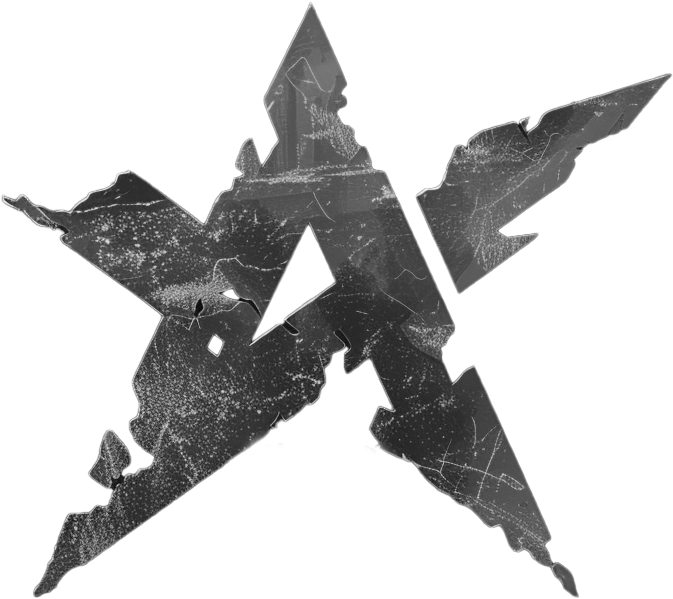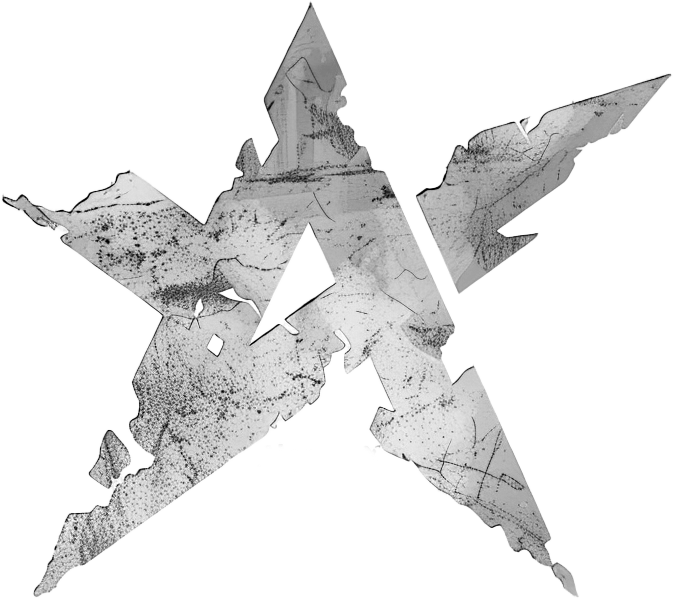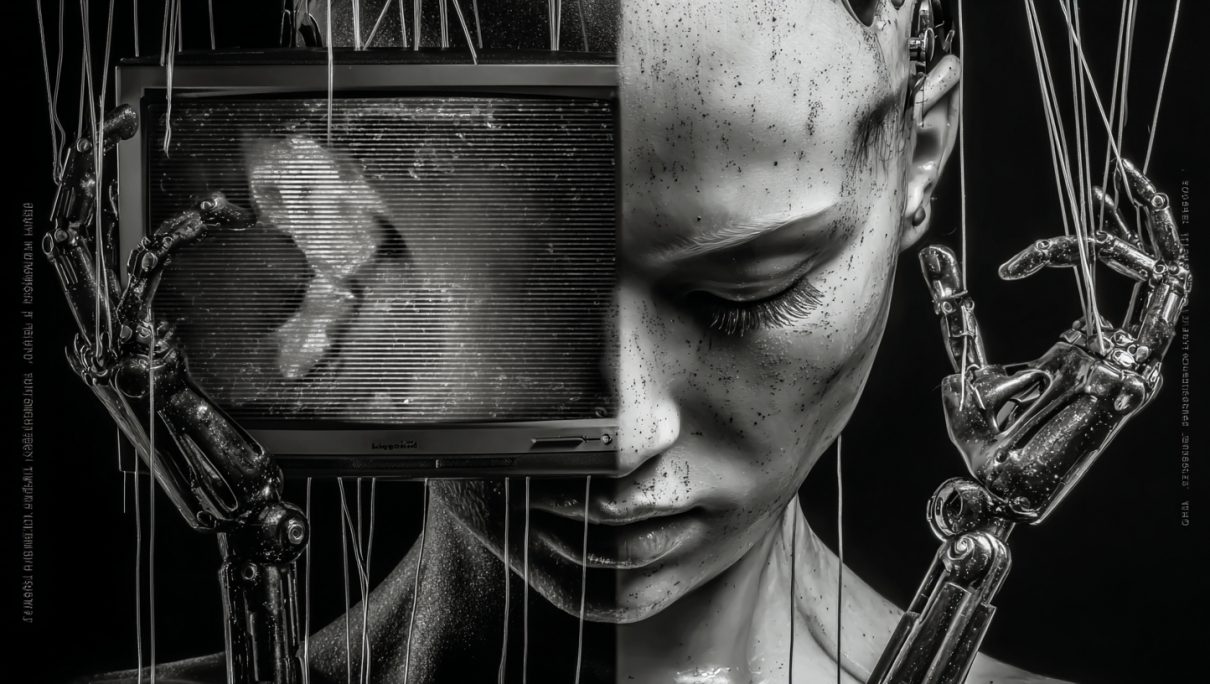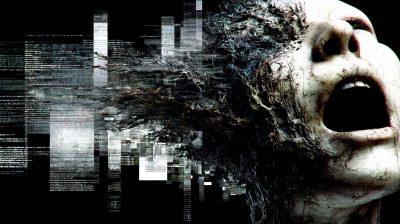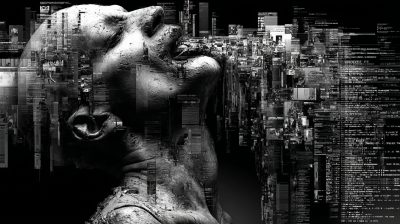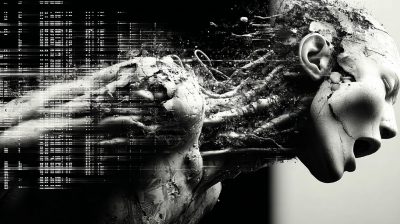AI generates pixels. Humans generate meaning.
Don’t confuse a text prompt with decades of domain knowledge.
The flood of ‚good enough‘ is drowning true quality and strategic vision.
Demand depth. Demand expertise. Demand the human edge.
The future of impactful visuals isn’t less expertise, it’s elevated expertise.
Partner with pioneers who master the tools and the craft.Websterix
The AI Visual Earthquake: When Pixel Production Lines Erode Quality and Erase Expertise
The creative industries are trembling. The ground beneath artists, designers, videographers, and marketers has shifted violently with the explosive arrival of advanced AI image and video generation tools. Promised as democratization engines, these tools are instead triggering a seismic event: substituting jobs at an alarming pace, threatening the existential structures of learning and skill refinement, and – most insidiously – flooding the market with a deluge of visually appealing but conceptually hollow and technically flawed outputs. At the heart of this tremor lies a dangerous misconception: that typing a text prompt equates to possessing creative domain knowledge.
The Shattering Impact: Jobs and Knowledge Structures
The immediate tremor is felt in job displacement. Tasks once requiring hours of skilled labor – background removal, basic image manipulation, simple animation, stock photo sourcing, even rudimentary graphic design and video editing – can now be approximated in seconds via text prompts. Junior roles, apprenticeships, and the foundational rungs of creative careers are vanishing. This isn’t just about lost positions; it’s about eroding the vital pathways of knowledge transfer.
Traditional creative development relied on mentorship, iteration, critique, and mastering foundational techniques through practice. An art director didn’t just know what looked good; they understood why – the interplay of color theory, composition, typography, lighting, and narrative. A skilled video editor comprehended pacing, rhythm, continuity, and the emotional impact of a cut. This deep, experiential knowledge is acquired through doing, failing, learning, and being guided. AI bypasses this entirely. It offers instant output, but without the underlying scaffolding of understanding. The „learning structure“ crumbles when the entry-level tasks that taught core principles disappear.
The Text-Prompt Trap: The Misconception and the Degeneration
This erosion feeds the core misconception: „Anyone can do it with text.“ Clients, managers, and even enthusiastic amateurs believe that articulating a desire („make a futuristic cityscape for our tech ad“) is equivalent to the expertise needed to craft a meaningful, effective, and technically sound visual. This is catastrophically wrong.
-
Lack of Domain Knowledge: A text prompter without design training doesn’t grasp fundamental principles. They might get an image, but is the composition balanced? Does the color palette convey the right mood? Is the typography (if generated) legible and appropriate? Without this knowledge, they cannot effectively guide the AI or critically evaluate its output.
-
The „Good Enough“ Flood: The ease of generation leads to a tsunami of „good enough“ visuals. These outputs often suffer from subtle but critical flaws: anatomical impossibilities, nonsensical lighting, inconsistent styles, jarring compositions, generic aesthetics, or a complete lack of conceptual depth. They look polished at first glance but fail upon closer inspection or fail to achieve the intended communication goal.
-
Degeneration of Quality: As this flood saturates the market, the overall baseline of perceived „quality“ degrades. Nuance, originality, and technical precision become rarities. Communication suffers as visuals become interchangeable, derivative, and emotionally flat. The focus shifts from strategic, impactful communication to merely generating something fast and cheap.
-
The Wrong Way: This path – replacing skilled practitioners with untrained prompters – is fundamentally unsustainable and destructive. It prioritizes speed and cost over effectiveness, quality, and genuine innovation. It devalues deep expertise and risks creating a visual landscape dominated by superficial, contextually weak, and often technically flawed imagery.
Beyond the Rubble: Restructuring for a Hybrid Future
The earthquake has happened; the landscape is changed. The answer isn’t Luddism, but intelligent restructuring. The creative industry must evolve, leveraging AI’s power while safeguarding quality and expertise:
-
The Rise of the AI Art Director / Visual Strategist: A new senior role emerges. This individual possesses deep domain knowledge (design, film, art theory, marketing) and masters AI tools. They don’t just prompt; they direct the AI. They define the strategic vision, set precise creative parameters, rigorously curate and refine outputs, and ensure alignment with brand and message. They are the bridge between client need and AI capability.
-
Prompt Engineers with Depth: Moving beyond basic keyword manipulation, these specialists need grounding in the creative domains they serve. Understanding composition, color, narrative structure, and technical constraints (like aspect ratios, resolution limitations of AI) becomes essential to craft effective prompts that yield usable, high-quality results.
-
The Critical Curator & Refiner: AI outputs are raw material. Roles focused on sophisticated post-processing, refinement, and integration become crucial. This requires traditional skills – expert retouching, meticulous compositing, color grading, animation polish – applied to elevate AI-generated assets to a professional standard.
-
Restructured Agencies & Communication Hierarchies: Agencies must flatten outdated hierarchies while strengthening strategic leadership. Junior roles shift from production grunt work to supporting senior AI directors – researching prompts, sourcing training data, performing initial curation, and learning the craft through this new workflow. The emphasis moves upstream: strategy, conceptual thinking, brand guardianship, and high-level creative direction become even more valuable. Client communication must focus on strategic goals and conceptual clarity, not just execution specs, empowering the AI-savvy creatives to translate vision effectively.
-
Reinvented Learning Pathways: Education must adapt. Foundational art and design principles remain paramount, but curricula must integrate AI tool mastery alongside critical thinking, visual analysis, curation skills, and ethical considerations. Learning becomes about orchestrating technology with deep understanding, not just operating software.
Conclusion: Quality Demands Expertise, Not Just Text
The AI visual generation earthquake is real, and its aftershocks are displacing jobs and disrupting learning. However, the path of replacing domain expertise with simplistic text prompting is a dead end, leading to a degeneration of visual quality and communicative effectiveness. The future lies not in erasing expertise, but in elevating it. New roles centered around strategic direction, AI mastery grounded in deep knowledge, critical refinement, and intelligent curation must emerge. Agencies and communication structures need to adapt, placing seasoned experts with hybrid skills at the helm. Only by valuing and integrating human domain knowledge can we harness the power of AI to create visuals that are not just fast and cheap, but truly meaningful, innovative, and of enduring quality. The pixel needs a purpose, and that purpose demands more than just a prompt.
Navigate the Earthquake. Build on Expertise.
Websterix
